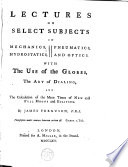 | James Ferguson - 1764 - 322 pages
...objed C to all parts of the glafs, and each plane furface will refradt thefe rays to the eye, the fame object will appear to the eye, in the direction of the rays which enter it through each furface. Thus, a ray gi H, falling perpendicularly on the middle furface, will go through the glafs... | |
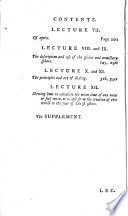 | James Ferguson - Astronomy - 1776 - 546 pages
...object C to ajl parts of the glafs, and each plane furface will refradt thefe rays to the eye, the fame object will appear to the eye, in the direction of the rays which enter it through each furface. Thus, a ray gi Ht falling perpendicularly on the middle furface will go through the glafs... | |
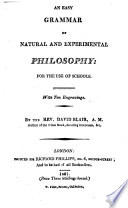 | Sir Richard Phillips - Electricity - 1807 - 212 pages
...plane surfaces. For since ray* flow from the object € to all parts of the glass, and i'aci. uiane surface will refract these rays to the eye, the same...object will appear to the eye in the direction of the ii\s, -.inch enter it through each surface. Thus the rays tailmg in the direction C > H will shew the... | |
 | Jeremiah Joyce - 1809 - 290 pages
...as A b, bd, d B. The object c will not appear magnified, but as rays will flow from it to all parts of the glass, and each plane surface will refract...the rays, which enter it through each surface. Thus a ray ci falling perpendicularly on the middle surface, will suffer no refraction, but show the object... | |
 | Encyclopaedia Britannica - 1810 - 814 pages
...С to all parts' of the glafi, and each plane furface will refract thefe rays to the eye, the fame object will appear to the eye in the direction of the rays which enter it through each furface. Thus, a ray,§-VH, falling perpendicularly on the middle furtice, will go through the glnfs... | |
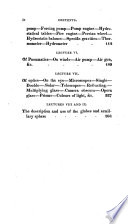 | James Ferguson - Astronomy - 1814 - 420 pages
...For, since rays will flow from the object C to all parts of: the glass, and each plane surface Mill refract these rays to the eye, the same object will...appear to the eye in the direction of the rays which cater it through each surface. Thus, a ray giH, falling perpendicularly on the middle surface, will... | |
 | Jeremiah Joyce - Science - 1815 - 468 pages
...as A b, bd, d B. The object c will not appear magnified, but as rays will flow from it to all parts of the glass, and each plane surface will refract...the rays, which enter it through each surface. Thus a ray c i falling perpendicularly on the middle surface, will suffer no refraction, but show the object... | |
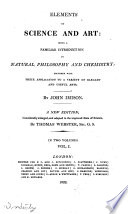 | John Imison - Art - 1822 - 528 pages
...objects as the glass contains plane surfaces. For, since rays will flow from the object C, to all parts of the glass, and each plane surface will refract...the rays, which enter it through each surface. Thus a ray"Cz.H, falling perpendicularly on the middle surface, will go through the glass to the eye, without... | |
 | William Jillard Hort - 1822 - 346 pages
...the object viewed through it, to all parts of the glass, and each plane surface, will refract those rays to the eye; the same object will appear to the...direction of the rays which enter it through each surface. MIRRORS. Three kinds of mirrors are principally used in optical experiments, namely, the plane mirror,... | |
 | Encyclopedias and dictionaries - 1823 - 886 pages
...objects as the glass contains plane surfaces. For, since rays will flow from the object С to all parts of the glass, and each plane surface will refract...the rays which enter it through each surface. Thus, a ray gi H, falling perpendicularly on the middle surface, will go through the glass to the eye without... | |
| |